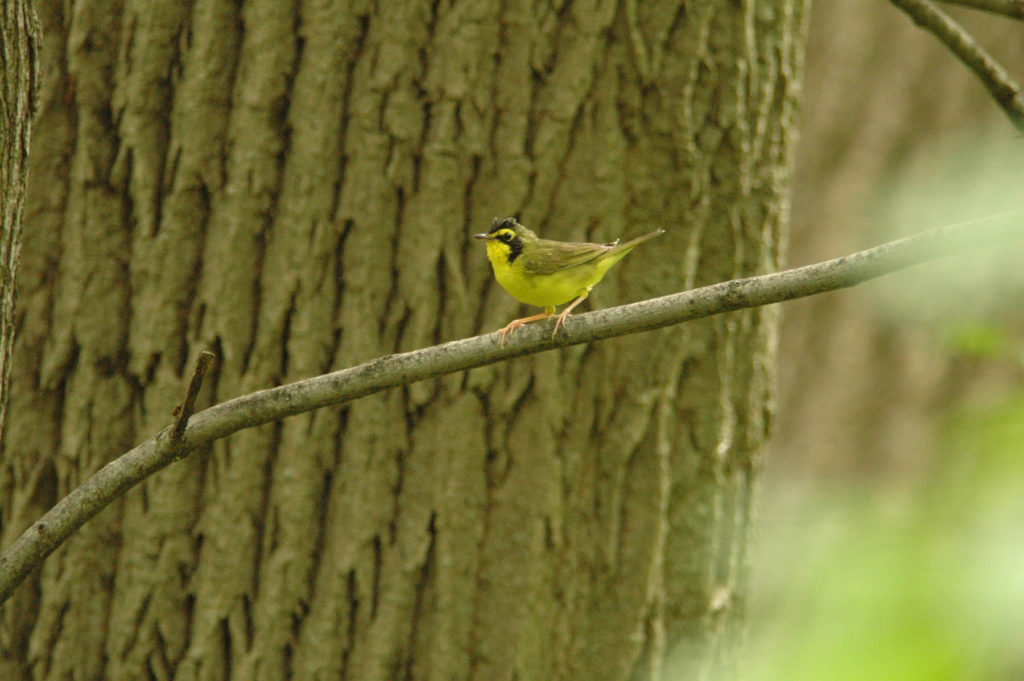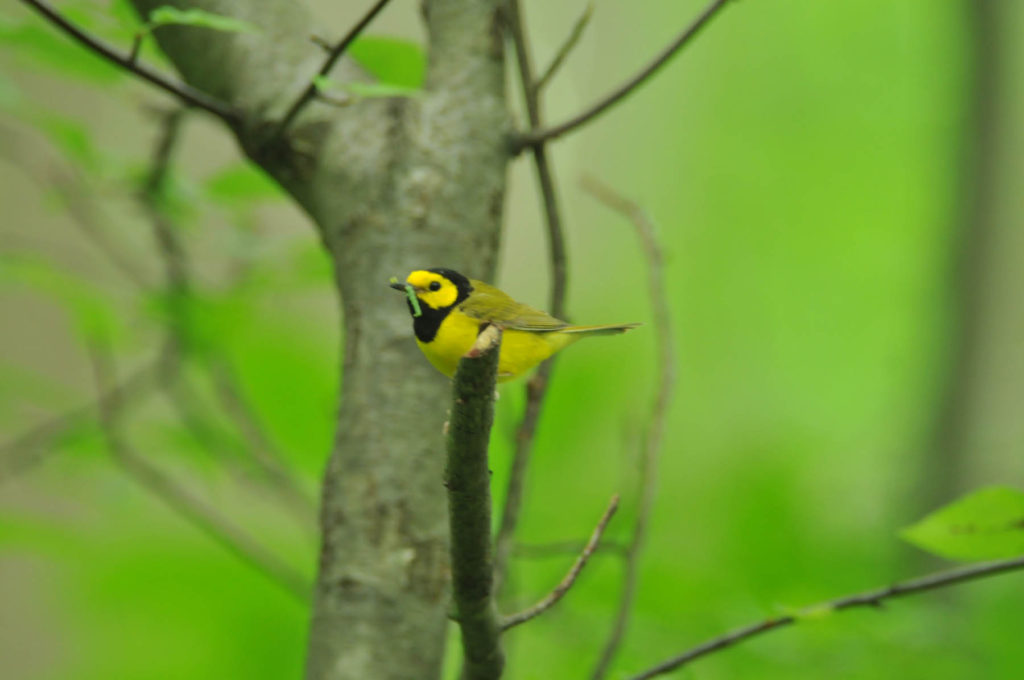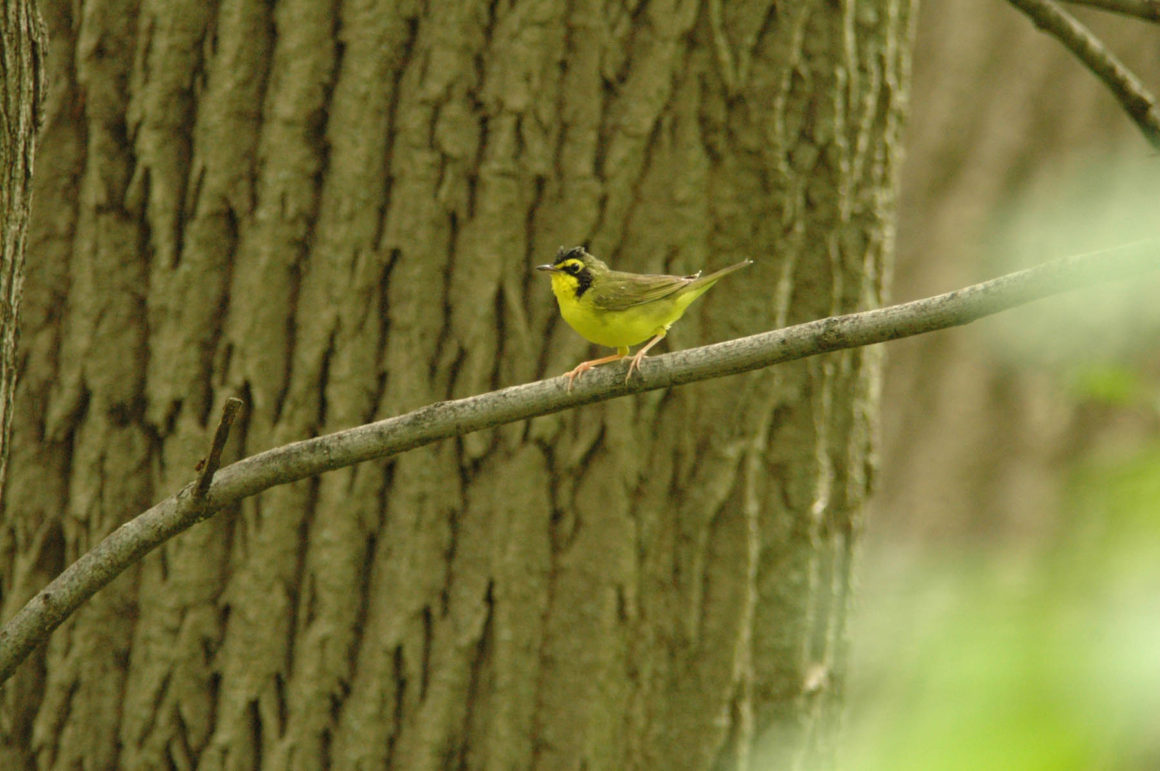In the late 1700s, English poet Samuel Taylor Coleridge inked a phrase still known today as “Water, Water, everywhere, but not a drop to drink.” Hundreds of years later, the expression still haunts readers who immediately imagine being thirsty on a boat surrounded by salty ocean water.
Although there are still significant concerns about the local water supply, technological advances throughout the years have provided some solutions toward improving drinking water availability.

Photo: Sharyn Magee
Unfortunately, a similar ecological issue exists that has only worsened over time. Imagine a world of birds, butterflies, and insects searching desperately through the greenery of our forests and landscape to locate nourishment for themselves and their young, only to find none.
As development increases, lawns are planted, and invasive species overtake our landscape, native plants, once readily available, become scarce commodities unable to sustain the important beings sharing our earth.
About a decade ago, Friends of Hopewell Valley Open Space Stewardship Director Mike Van Clef and Washington Crossing Audubon Society President Sharyn Magee authored a study that researched neo-tropical migrant birds at The Ted Stiles Preserve at Baldpate Mountain in Mercer County, and the Northern Stony Brook Preserve in Mercer and Hunterdon Counties.
They specifically researched Kentucky and hooded warblers and found that the number of birds increased along with the availability of native plants.
More recently, researchers at the Smithsonian Conservation Biology Institute wanted to know how plants in human-managed landscapes affect the reproductive success of resident bird populations. Similarly, they studied local plantings and monitored the nests of Carolina Chickadees. The analysis found that chickadees could only sustain their population when at least 70 percent of plants in a nesting area were native. Local landscapes fall woefully short of that number.

Photo: Sharyn Magee
In November 2018, The National Academy of Science published their study entitled, “Nonnative plants reduce population growth of an insectivorous bird.”
The conclusion is clear – We need to make more native plants available.
We all have the ability to help, starting in our own backyard. “Each plant in your landscape you should think of as a bird feeder,” says Doug Tallamy, an entomologist at the University of Delaware who also worked on the Smithsonian study. “It either has food in it, or it doesn’t.”
Many local nurseries and nonprofit organizations offer native plants for sale. Also, consider converting a small portion of lawn to meadow using a native seed mix. Contribute to or volunteer with nonprofits that offer community conservation initiatives to work on public lands to identify and reduce invasive species populations and restore with local native plants.
For more information, visit fohvos.info or email lwolff@fohvos.org.
An excerpt of this article appears in August’s Hopewell Valley Neighbors magazine.
Click HERE to DONATE to FOHVOS!


